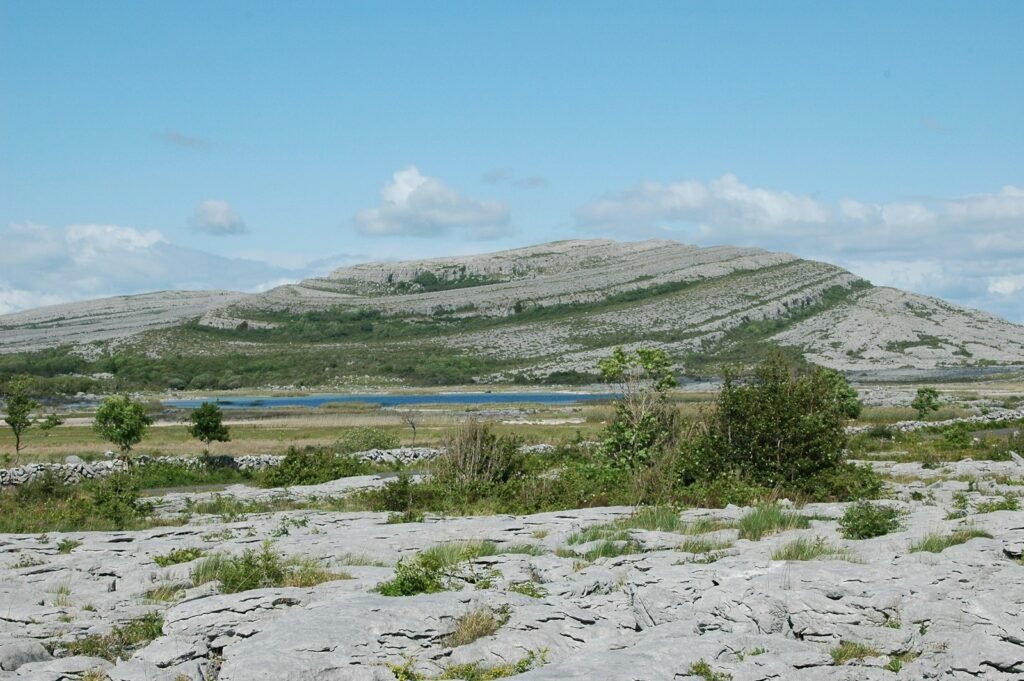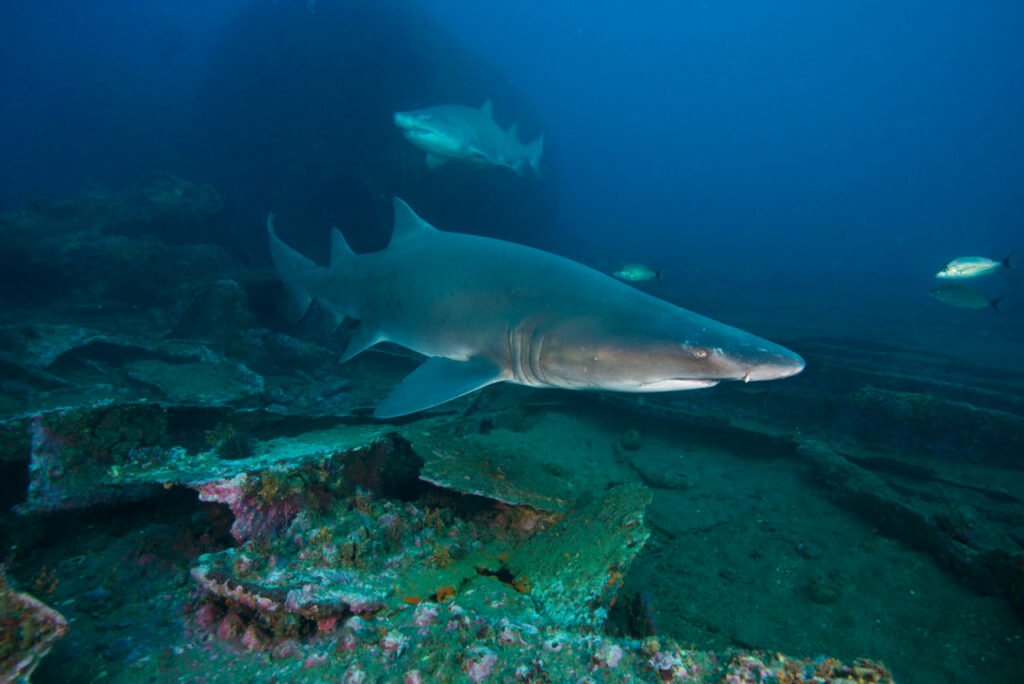Imagine walking through a landscape where arctic flowers bloom next to Mediterranean herbs, where plants that should be separated by thousands of miles of geography somehow manage to thrive together in perfect harmony. This isn’t science fiction or a carefully curated botanical garden – it’s the Burren, a remarkable geological wonder in County Clare, Ireland, where nature has created one of the most extraordinary botanical puzzles on Earth.
A Landscape Born from Ancient Seas
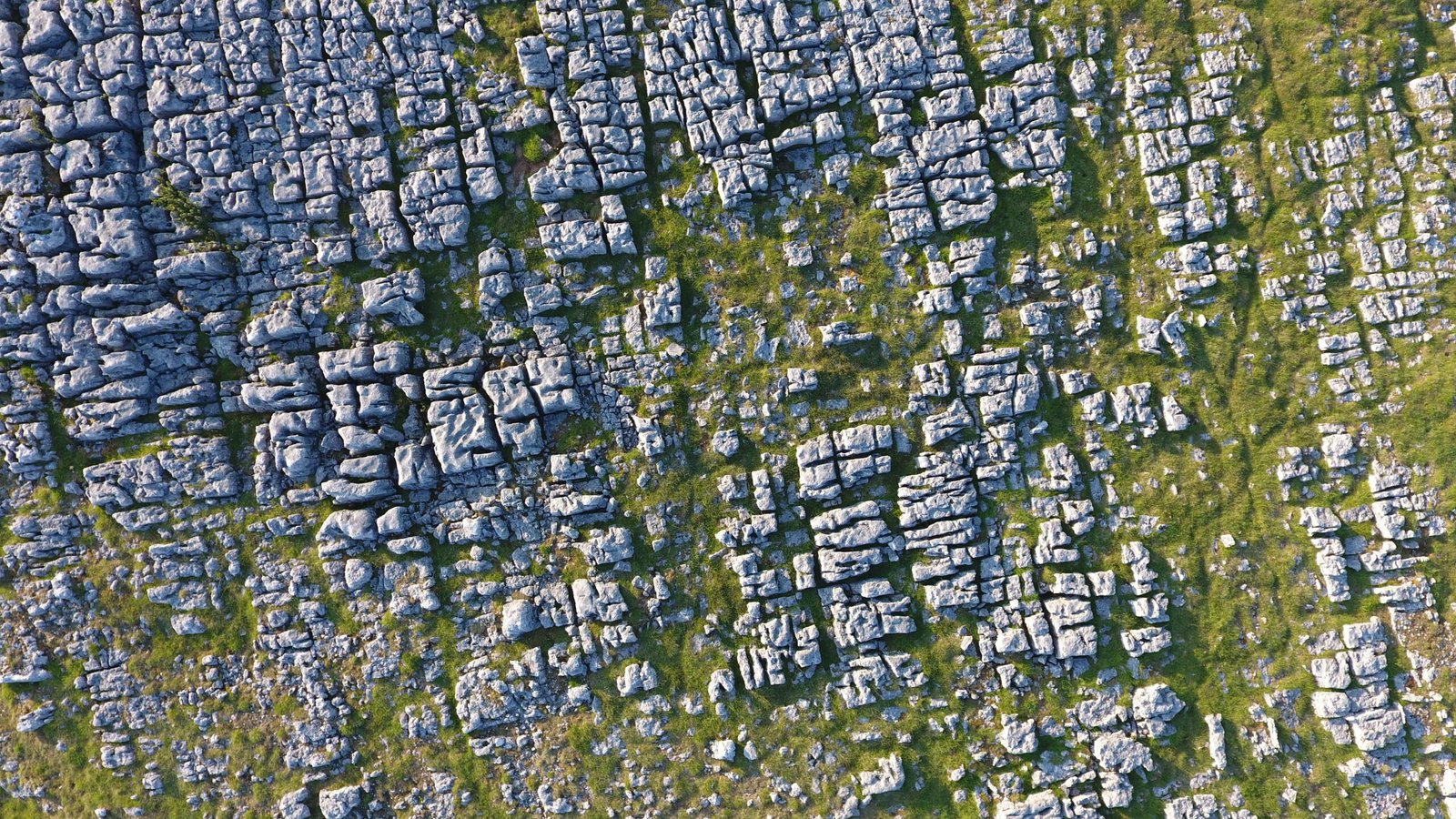
The Burren’s story begins over 350 million years ago when this region lay beneath a warm, tropical sea. Layer upon layer of marine sediments compressed into the limestone bedrock that defines this unique landscape today. When the ice retreated after the last glacial period, it left behind a moonscape of exposed limestone pavement, creating what locals once called “a land with not enough water to drown a man, not enough trees to hang him, and not enough soil to bury him.”
This seemingly barren description couldn’t be further from the truth. The limestone’s chemical composition and the way it interacts with rainwater creates a complex system of underground drainage and surface cracks called grikes. These natural features become miniature ecosystems, each one a protected haven for plants that would otherwise struggle to survive in Ireland’s typically wet climate.
The Mediterranean Immigrants
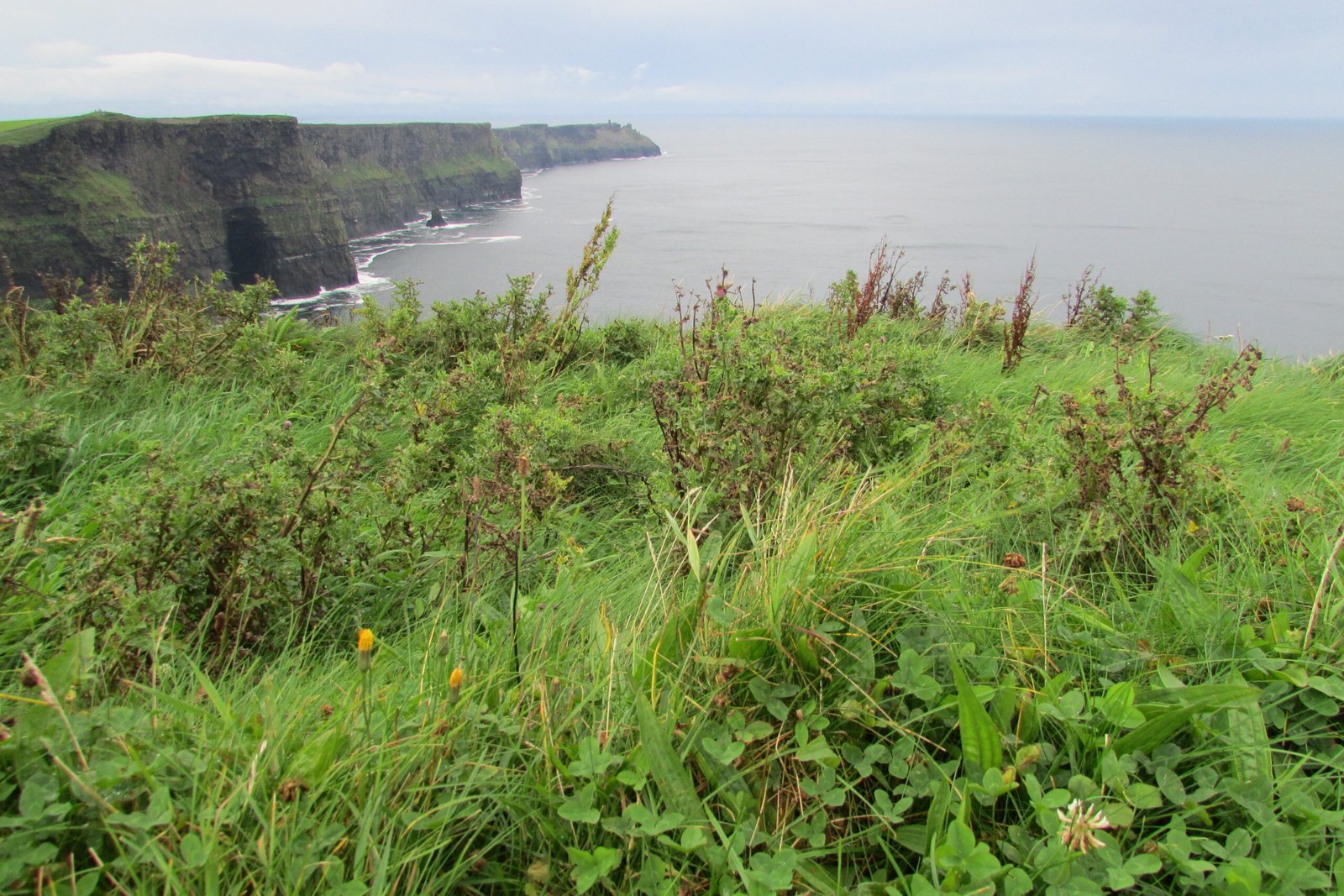
Walking across the Burren in late spring, you might stumble upon the dense-flowered fumitory, a plant more commonly found basking in the Mediterranean sun. This remarkable species somehow made its way to Ireland’s west coast, where it found the perfect conditions to establish itself permanently. The limestone reflects heat during the day and releases it slowly at night, creating microclimates that mimic the warm, dry conditions of southern Europe.
The bloody cranesbill paints patches of the landscape with vibrant magenta blooms, while the spring gentian adds brilliant blue accents to the rocky terrain. These plants arrived through various means – some carried by ancient ocean currents, others by migrating birds, and a few possibly brought by human travelers over the centuries. What matters isn’t how they arrived, but how they’ve managed to make this harsh landscape their permanent home.
Arctic Survivors in an Unlikely Haven

Perhaps even more surprising than the Mediterranean species are the arctic-alpine plants that call the Burren home. Mountain avens, with its distinctive white flowers and silvery leaves, typically grows at high altitudes where temperatures rarely rise above freezing. Yet here it thrives at sea level, finding refuge in the cool, moist grikes between limestone blocks.
The hoary rockrose and spring sandwort represent other arctic relics that somehow survived the warming climate by adapting to the Burren’s unique conditions. These plants are living links to Ireland’s glacial past, when the entire island was covered in ice and tundra vegetation. As temperatures rose and forests reclaimed most of Ireland, these hardy survivors found their sanctuary in the Burren’s limestone crevices.
The Secret of the Grikes

The limestone pavement’s most distinctive feature – the deep cracks called grikes – holds the key to this botanical mystery. These natural chasms, some reaching several feet deep, create a network of protected microhabitats where humidity levels remain high and temperatures stay relatively stable. A single grike might contain a dozen different plant species, each occupying its preferred niche within this miniature ecosystem.
The grikes collect rainwater and organic matter, creating small pockets of rich soil in an otherwise soil-poor landscape. Plants growing in these protected spaces enjoy shelter from harsh winds and protection from grazing animals. It’s like nature’s own version of a greenhouse, where delicate species can flourish despite the challenging conditions above ground.
Limestone’s Chemical Magic
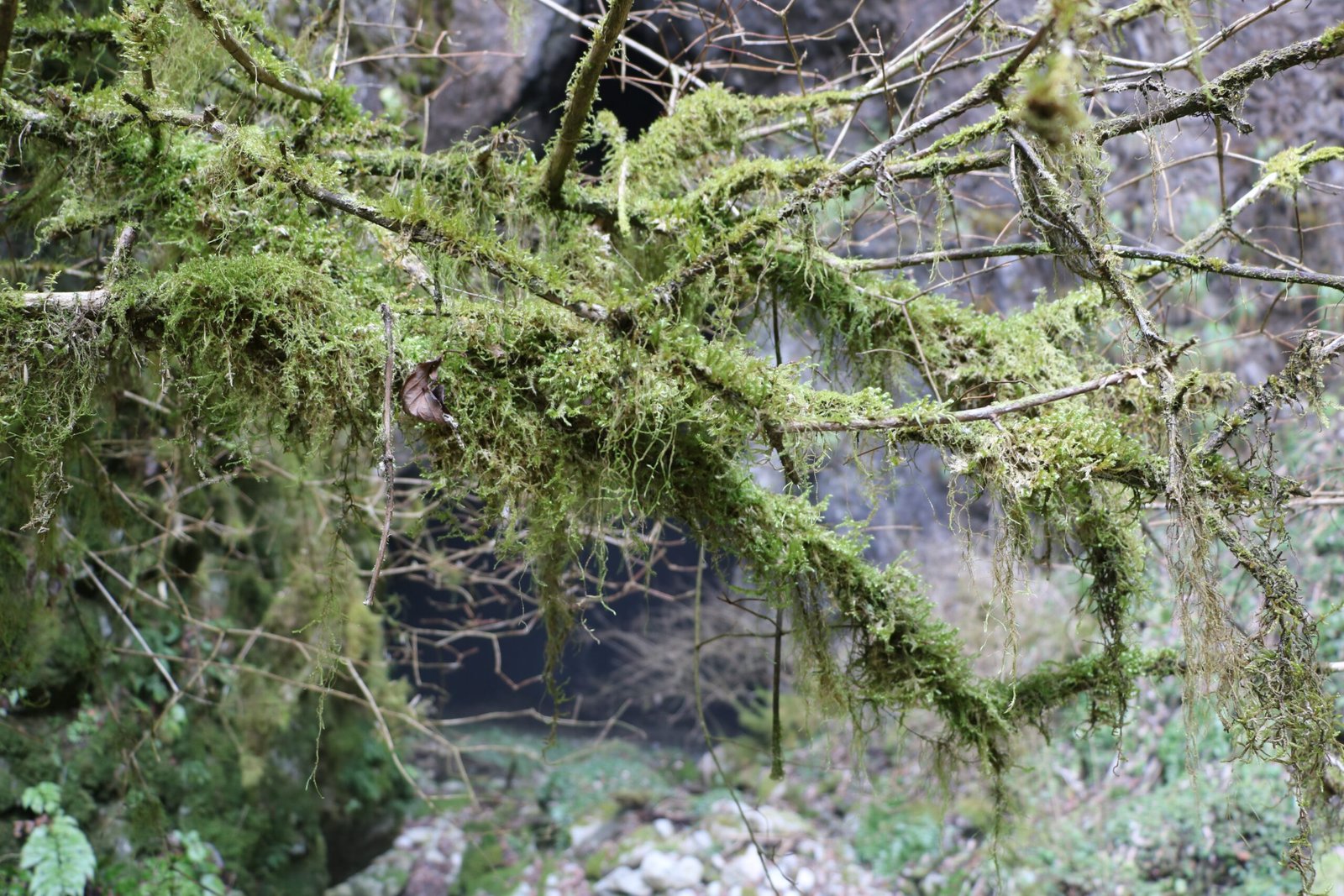
The Burren’s limestone bedrock plays an active role in creating suitable growing conditions for its diverse plant community. As rainwater percolates through the rock, it becomes enriched with calcium carbonate, creating alkaline conditions that many Mediterranean plants prefer. This chemical process also helps regulate soil pH and provides essential nutrients that plants need to thrive.
The limestone’s porosity means water drains quickly from the surface, preventing waterlogging that would kill many drought-adapted species. Yet the same rock holds moisture in its depths, creating a consistent water supply for plant roots that can reach deep into the cracks and crevices. This dual nature – dry on top, moist below – perfectly suits plants adapted to both arid and humid conditions.
The Orchid Paradise
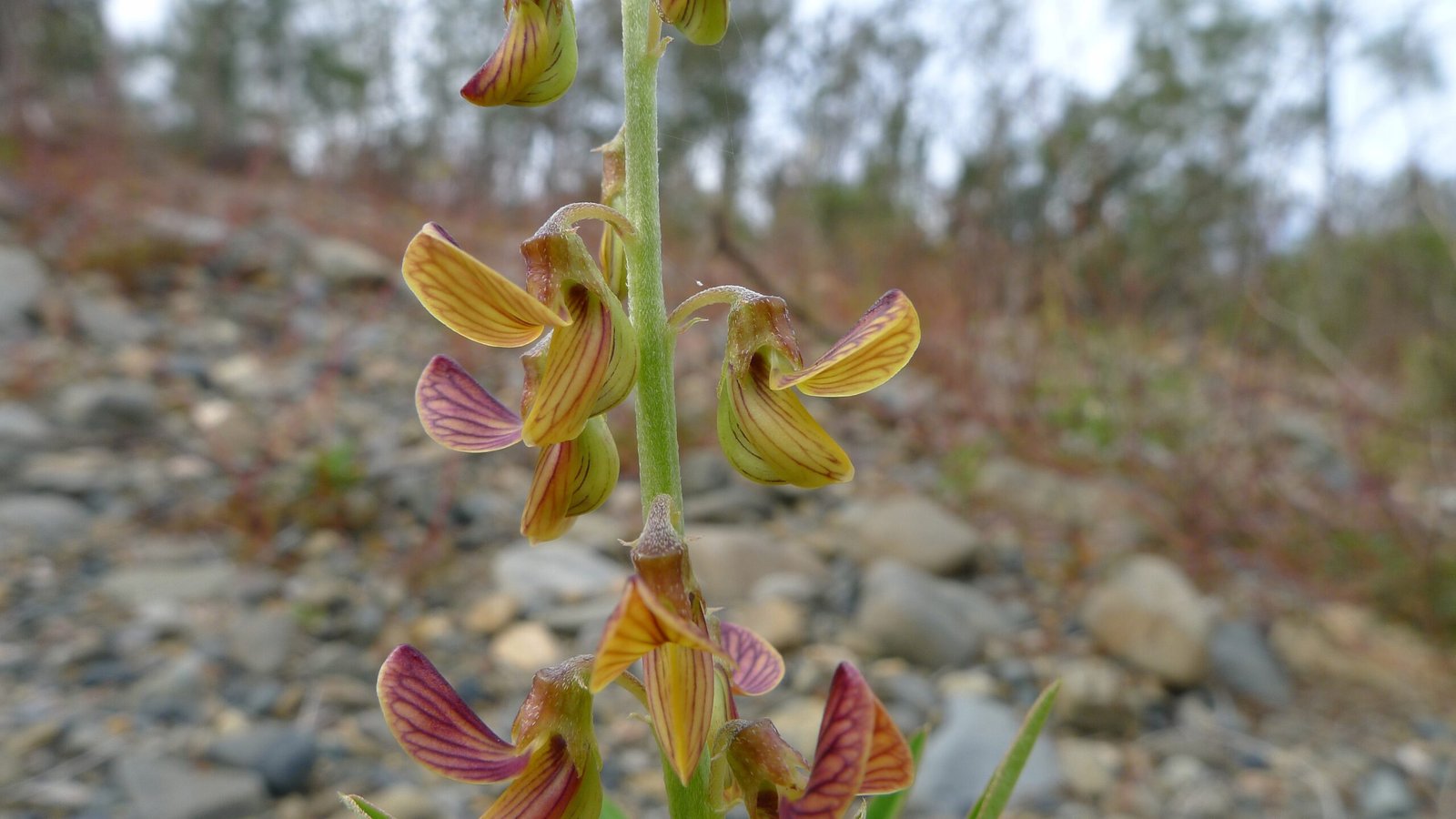
Twenty-three different orchid species have been recorded in the Burren, making it one of Europe’s most important orchid habitats. The early-purple orchid emerges first in spring, followed by the spectacular bee orchid that seems to have evolved specifically to fool male bees into attempting to mate with its flower. The pyramid orchid creates dense spikes of pink-purple flowers that can be seen from considerable distances across the grey limestone.
Perhaps most remarkable is the dense-flowered orchid, which reaches the northern limit of its range in the Burren. This species requires very specific soil conditions and symbiotic relationships with underground fungi to survive. The fact that it thrives here alongside arctic species demonstrates just how precisely balanced the Burren’s ecosystem really is.
Timing Nature’s Calendar
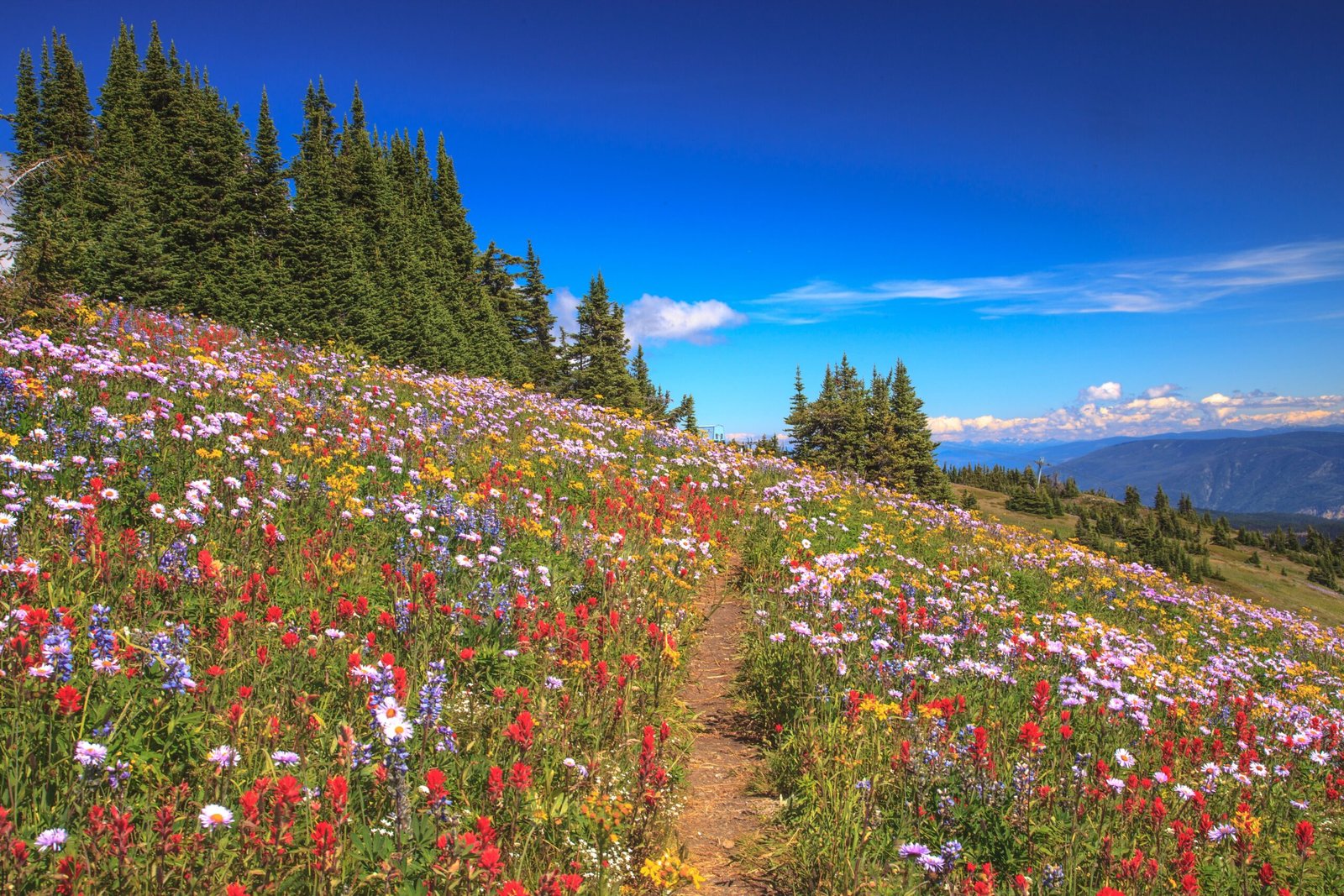
The Burren’s flowering season follows a carefully orchestrated schedule that maximizes each species’ chances of success. Spring gentians bloom early, taking advantage of cool, moist conditions before summer heat arrives. Mediterranean species time their flowering for late spring and early summer when temperatures peak and rainfall decreases.
This temporal separation reduces competition between species with similar needs while ensuring that pollinators have a continuous supply of nectar throughout the growing season. The result is a botanical calendar where something new blooms almost every week from March through September, creating an ever-changing tapestry of colors and fragrances across the landscape.
The Pollinator Highway
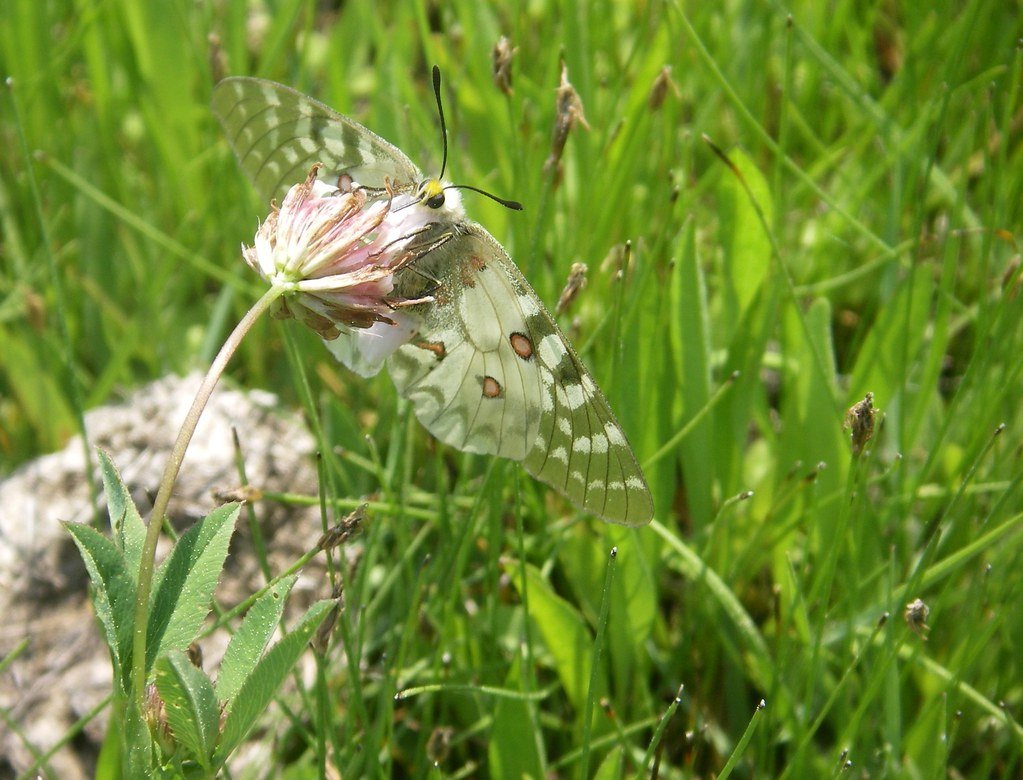
The Burren supports an extraordinary diversity of insects, many of which are as rare as the plants they pollinate. The Burren green moth, found nowhere else in Ireland, depends entirely on the region’s unique plant communities for survival. Butterfly species that disappeared from most of Ireland decades ago still maintain populations here, sustained by the abundance of wildflowers.
Bees find the Burren particularly attractive, with some species traveling significant distances to access the diverse pollen and nectar sources. The limestone’s reflective properties help warm cold-blooded insects, extending their active periods and improving their efficiency as pollinators. This creates a positive feedback loop where healthy plant communities support diverse insect populations, which in turn ensure successful plant reproduction.
Climate Change Sanctuary

As global temperatures rise and weather patterns shift, the Burren may become increasingly important as a climate refuge for species displaced from their traditional ranges. The region’s microclimates provide options for plants facing changing conditions – cooler, moister grikes for those stressed by heat, and warmer, drier surfaces for those adapted to Mediterranean conditions.
Scientists are closely monitoring how the Burren’s plant communities respond to climate change, using this natural laboratory to understand how species might adapt to future conditions. Early evidence suggests that Mediterranean species are expanding their range within the Burren, while some arctic species are retreating to the coolest, most protected microsites.
The Role of Ancient Farming

The Burren’s current landscape is partly the result of thousands of years of human activity, particularly traditional farming practices that shaped the region’s ecology. Cattle grazing prevented scrubland from taking over, maintaining the open conditions that many rare plants require. Stone walls built by farmers created additional microclimates and provided new habitats for colonizing species.
This partnership between humans and nature created a sustainable system where agricultural activities actually enhanced biodiversity rather than destroying it. The abandonment of traditional farming practices in recent decades has led to scrubland encroachment in some areas, threatening the delicate balance that allowed such diverse plant communities to coexist.
Threats to a Fragile Paradise
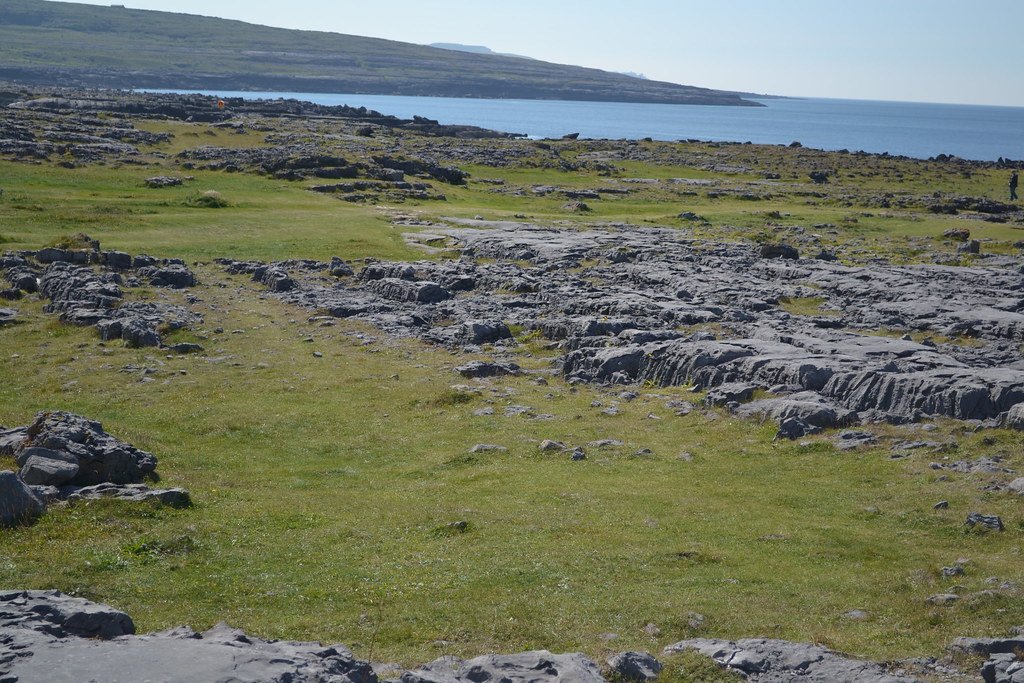
Despite its apparent harshness, the Burren ecosystem is surprisingly fragile and faces numerous threats. Tourist trampling damages delicate plants and compacts soils in popular areas. Invasive species, particularly non-native shrubs and trees, compete with native plants for space and resources. Climate change may disrupt the delicate balance that allows arctic and Mediterranean species to coexist.
Agricultural intensification threatens remaining areas of traditional farming, while the complete abandonment of grazing allows scrubland to encroach on open habitats. Even seemingly minor changes, such as altered drainage patterns or nutrient runoff from nearby farms, can have cascading effects throughout the ecosystem.
Conservation Success Stories
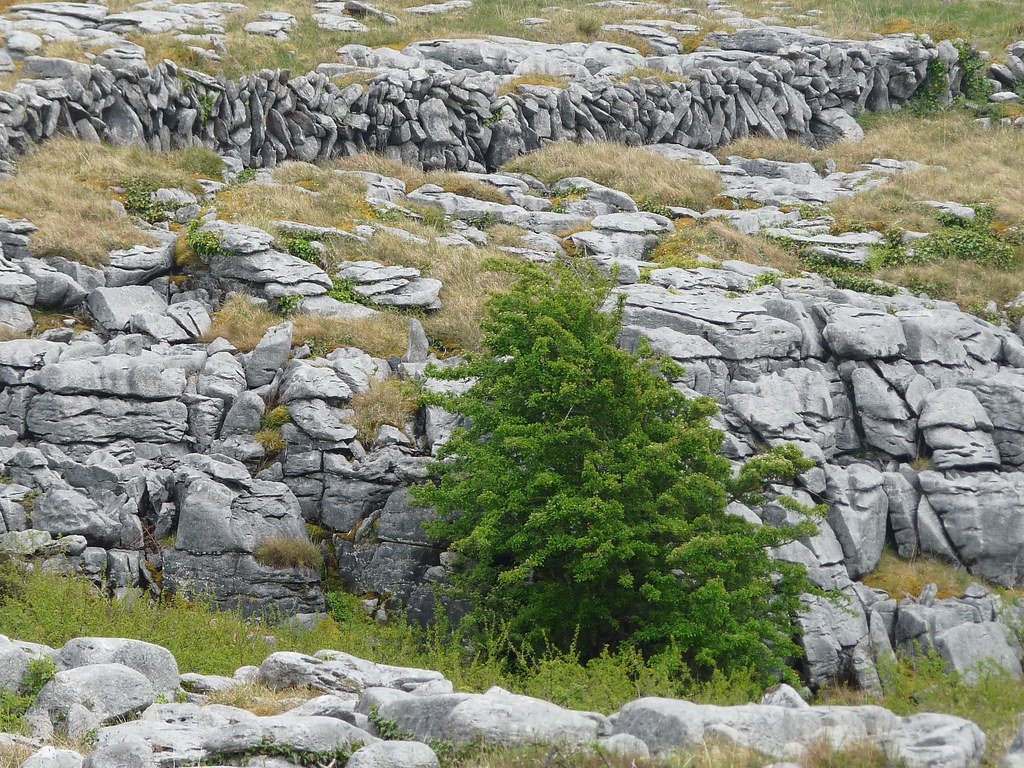
Dedicated conservation efforts have helped protect many of the Burren’s most important plant populations. The BurrenLIFE project, supported by the European Union, works with local farmers to maintain traditional grazing practices that benefit rare plants. Careful monitoring and management of tourist access helps minimize damage while still allowing people to experience this remarkable landscape.
Seed banking programs collect and store genetic material from rare species, providing insurance against potential population crashes. Habitat restoration projects remove invasive species and recreate conditions suitable for native plants. These efforts demonstrate that with proper management, it’s possible to protect the Burren’s botanical treasures for future generations.
The Burren’s Global Significance
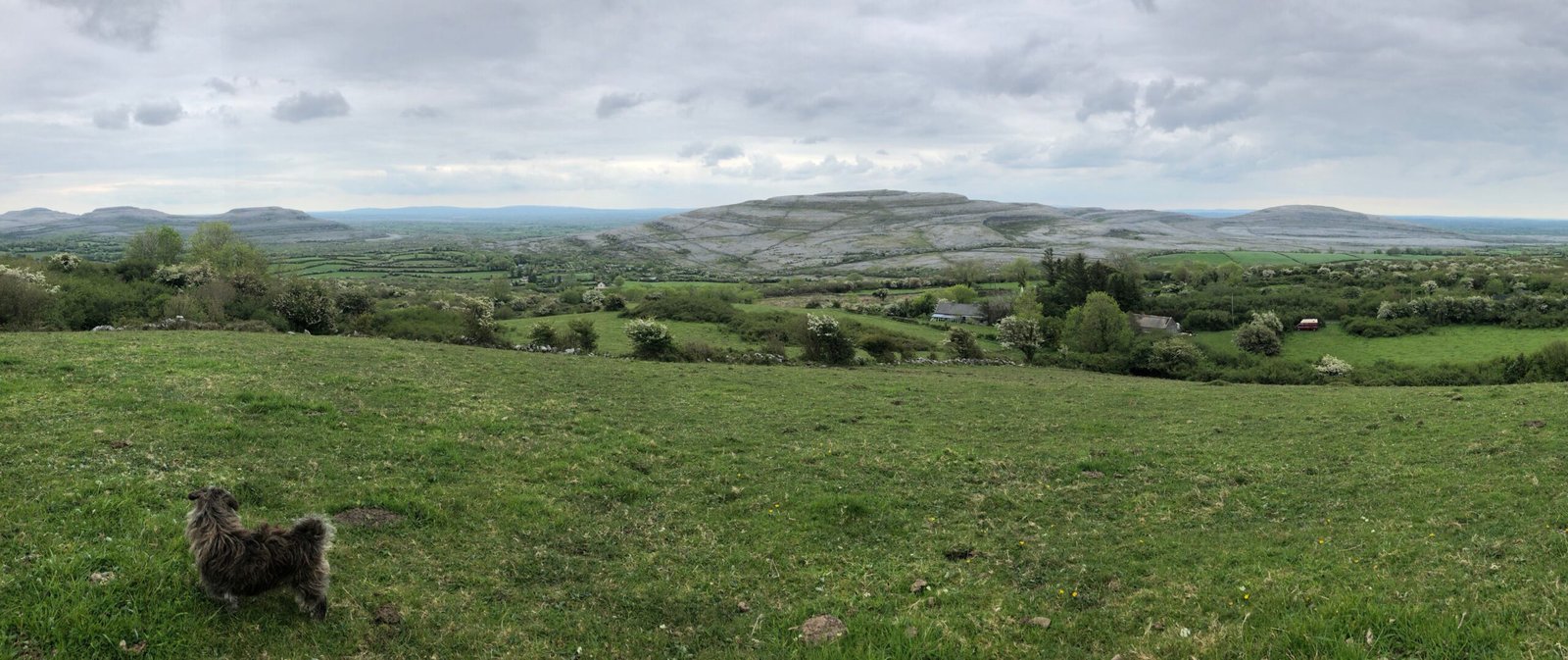
Plant ecologists from around the world study the Burren to understand how species adapt to changing conditions and how different plant communities can coexist. The region provides insights into post-glacial plant migration patterns and offers clues about how ecosystems might respond to future climate change. Research conducted here has influenced conservation strategies in similar limestone landscapes across Europe.
The Burren’s unique combination of species has no parallel anywhere else on Earth, making it irreplaceable from a global biodiversity perspective. The loss of this ecosystem would represent not just a local tragedy, but a significant blow to our understanding of plant ecology and evolution.
A Living Laboratory
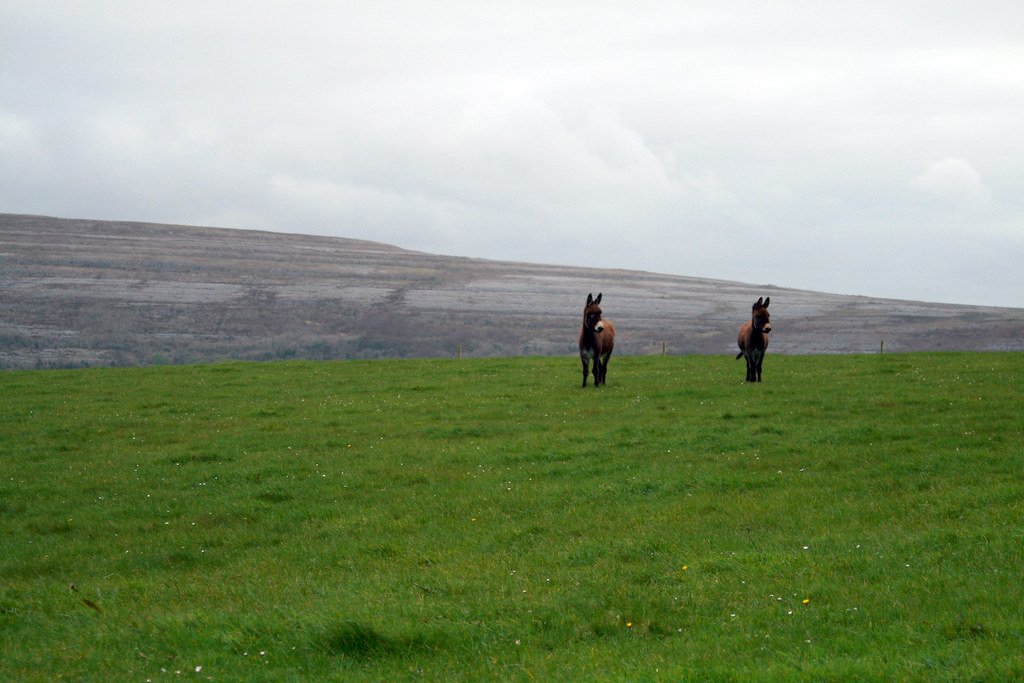
Every square meter of the Burren tells a story of adaptation, survival, and coexistence. Graduate students and researchers continue to make new discoveries about how plants have modified their biology to thrive in this challenging environment. Some species have developed deeper root systems to access water stored in limestone cracks, while others have altered their flowering times to avoid competition.
These ongoing adaptations mean the Burren is not a static museum piece but a dynamic ecosystem that continues to evolve. New species occasionally establish themselves, while others gradually disappear as conditions change. This constant flux makes the Burren a perfect natural laboratory for studying evolutionary processes in real time.
Experiencing the Burren Today

Modern visitors to the Burren can witness this botanical miracle firsthand, though the best viewing requires careful timing and knowledge of where to look. Late May through early July offers the most spectacular displays, when spring gentians, orchids, and Mediterranean species bloom simultaneously. Guided tours led by local botanists reveal hidden treasures that casual visitors might overlook.
The Burren’s accessibility makes it possible for anyone to experience this unique ecosystem, though proper preparation enhances the experience significantly. Weatherproof clothing, sturdy footwear, and a hand lens for examining small flowers transform a simple walk into a botanical adventure. Many visitors report that seeing the Burren changes their understanding of what’s possible in the natural world.
The Future of This Botanical Wonder
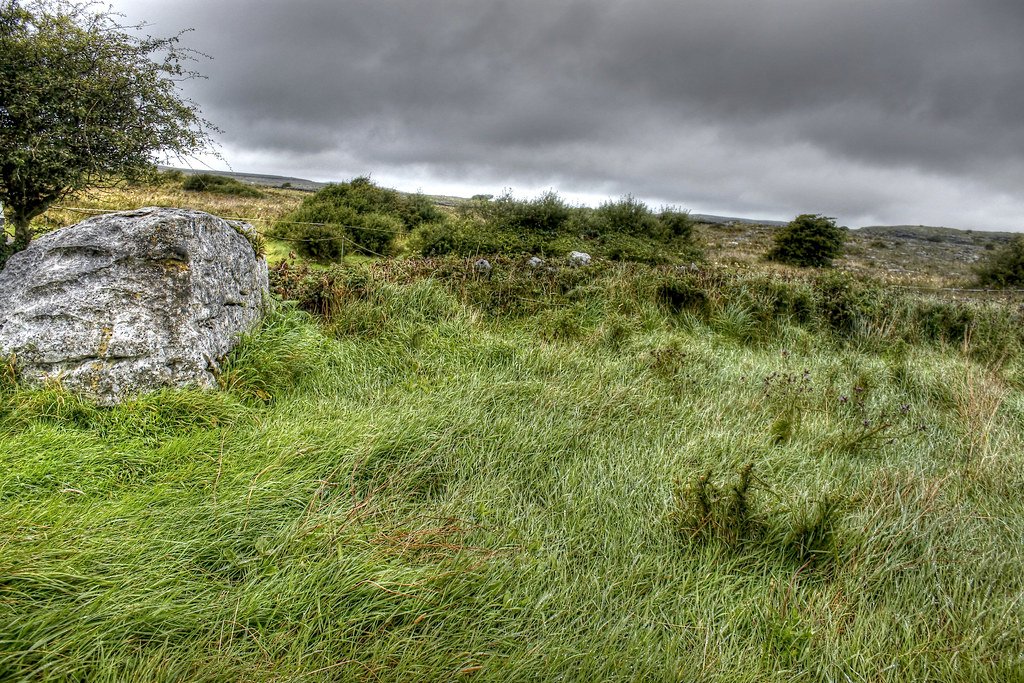
The Burren’s survival depends on maintaining the delicate balance of factors that created this botanical paradise. Climate change, land use changes, and human pressure all pose challenges, but dedicated conservation efforts offer hope for the future. International recognition of the Burren’s importance has led to increased funding for research and protection efforts.
Educational programs help local communities understand the value of their unique landscape, while eco-tourism provides economic incentives for conservation. The next generation of botanists and conservationists will inherit the responsibility of protecting this remarkable ecosystem, ensuring that future visitors can still witness the miracle of arctic and Mediterranean plants growing side by side.
The Burren stands as proof that nature’s creativity knows no bounds, creating impossible gardens in the most unlikely places. This limestone wilderness reminds us that biodiversity can flourish even in harsh conditions, given the right combination of geological, climatic, and biological factors. As we face an uncertain environmental future, the Burren offers both inspiration and hope – showing us that life finds a way to adapt, survive, and even thrive in the face of seemingly impossible odds. What other botanical miracles might be waiting to be discovered in the hidden corners of our planet?

